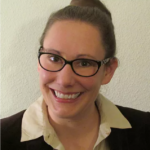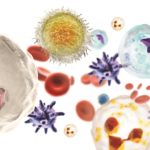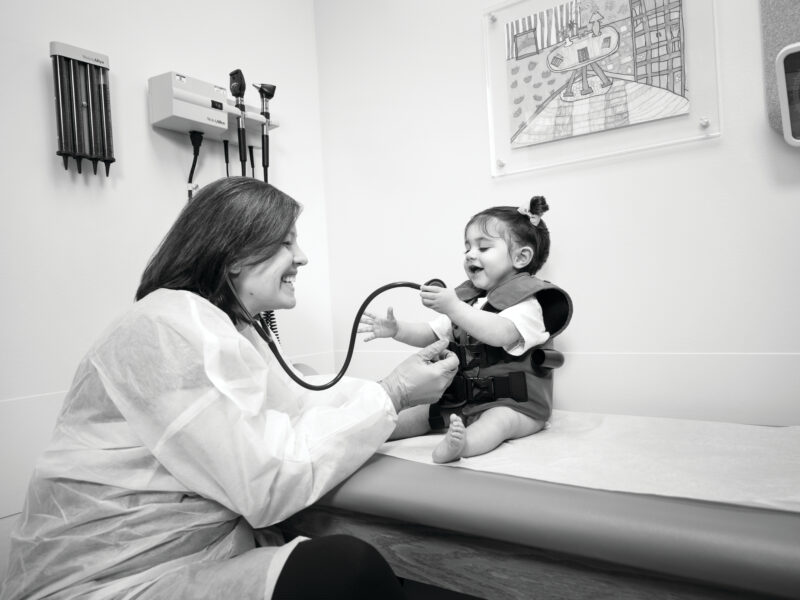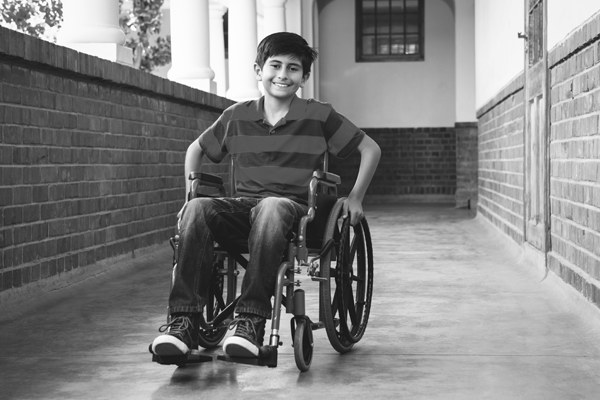After Lung Transplantation for Cystic Fibrosis, Migration of Stem Cells May Lead to Chimeric Phenotype
After Lung Transplantation for Cystic Fibrosis, Migration of Stem Cells May Lead to Chimeric Phenotype https://pediatricsnationwide.org/wp-content/uploads/2021/02/AdobeStock_126797930_lung-header-1024x575.gif 1024 575 Jessica Nye, PhD Jessica Nye, PhD https://secure.gravatar.com/avatar/?s=96&d=mm&r=g- January 10, 2022
- Jessica Nye, PhD
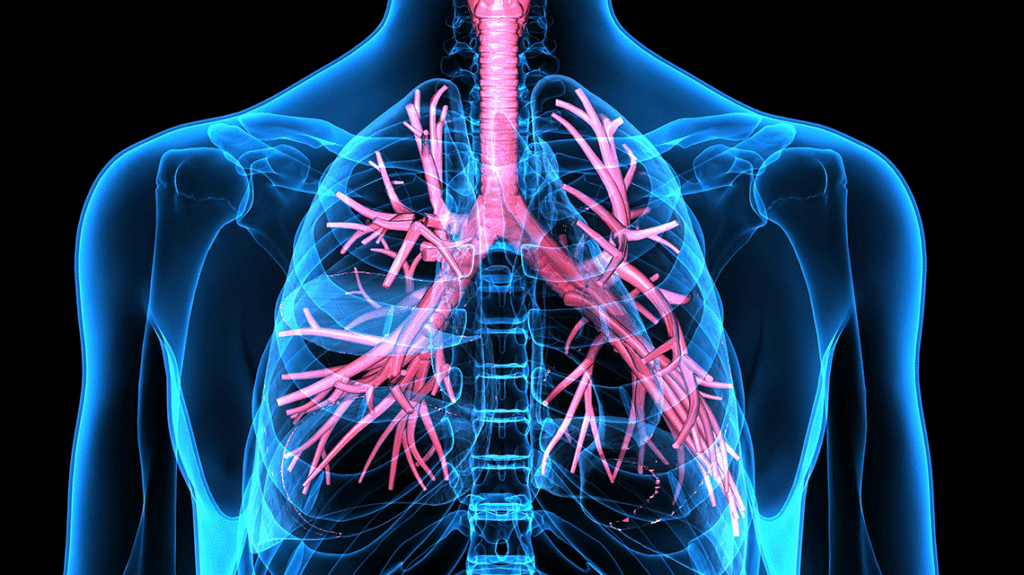
Lung transplantation (LTx) for cystic fibrosis (CF) may trigger bidirectional, long-distance migration of tissue specific stem cells (TSC), causing a chimeric phenotype which could have implications for host defense capabilities.
CF is caused by mutations in the CF transmembrane conductance regulator (CFTR) gene and is characterized by progressive chronic obstructive lung disease which can lead to respiratory failure and death.
The good news for pediatric patients with CF is that a new drug was approved for the treatment of children who are 12 years and older. Dr. Susan Reynolds, PhD, principal investigator in the Center for Perinatal Research at the Abigail Wexner Research Institute and senior author of an article published in the Journal of Cystic Fibrosis explains, “with new treatments, we’ve gone from 40 transplants last year to four this year. It’s just incredible how well the patients are doing.”
Despite improvements to CF outcomes, there remains a need for LTx in CF. Among children, CF is the most common indication for LTx. Although people with CF have the longest survival after LTx, most patients will develop chronic lung allograft dysfunction (CLAD), which is associated with increased mortality.
In healthy lungs, TSC that normally repair a discrete area of the epithelium migrate to expand their reparative domain in response to a moderate to severe injury.
Dr. Reynolds and colleagues observed, among 10 LTx recipients with CF at Nationwide Children’s Hospital, that LTx causes a mild to moderate airway mucosal injury. In contrast with non-transplanted lungs where severe injury stimulates TSC migration, the mild to moderate injury associated with the transplant procedure triggers TSC migration and results in a chimeric mixture of recipient and donor cells.
“The data indicate that the migration across the anastomosis is bidirectional, the recipient cells are moving into the graft and vice versa. We were able to detect chimeras at many different sites in the lung. We were surprised at that extent of migration and that the cells were migrating long distance. A distance like traveling from one city to the next,” says Dr. Reynolds.
Both donor and recipient TSC were identified in almost all anastomotic sites (91%) and bronchial airways (93%).
This chimeric phenotype does not appear to alter either the self-renewal or differentiation potential of TSC nor does it correlate with CLAD diagnosis. Chimerism may impact airway ion channel function, however. The CFTR-dependent current was found to be proportional to the frequency of donor TSC when assessed in an in vitro model. This association means that 33% of chimeric regions are at risk for altered ion homeostasis, which may compromise host defense capabilities.
These observations bring the investigators one step closer to fully understanding the minutia of the CF disease course post-LTx. Dr. Reynolds concludes, “our ultimate goal is to develop a cell replacement therapy for CF, in particular for the 10% of patients who are not eligible for the new treatments. It’s something that we can do in animal studies but transitioning what we know from animals to humans is, a huge leap.”
Reference:
Hayes D Jr, Rayner RE, Hill CL, Alsudayri A, Tadesse M, Lallier SW, Parekh H, Brock GN, Cormet-Boyaka E, Reynolds SD. Airway epithelial stem cell chimerism in cystic fibrosis lung transplant recipients. Journal of Cystic Fibrosis. 2021;20(1):165-172.
Photo credit: Adobe Stock
About the author
Jessica Nye, PhD, is a freelance science and medical writer based in Barcelona, Spain. She completed her BS in biology and chemistry and MS in evolutionary biology at Florida State University. Dr. Nye studied population genetics for her doctorate in biomedicine at University of Pompeu Fabra. She conducted her postdoctoral research on the inheritance of complex traits at the Autonomous University of Barcelona.
-
Jessica Nye, PhDhttps://pediatricsnationwide.org/author/jessica-nye-phd/
-
Jessica Nye, PhDhttps://pediatricsnationwide.org/author/jessica-nye-phd/
-
Jessica Nye, PhDhttps://pediatricsnationwide.org/author/jessica-nye-phd/January 3, 2022
-
Jessica Nye, PhDhttps://pediatricsnationwide.org/author/jessica-nye-phd/



